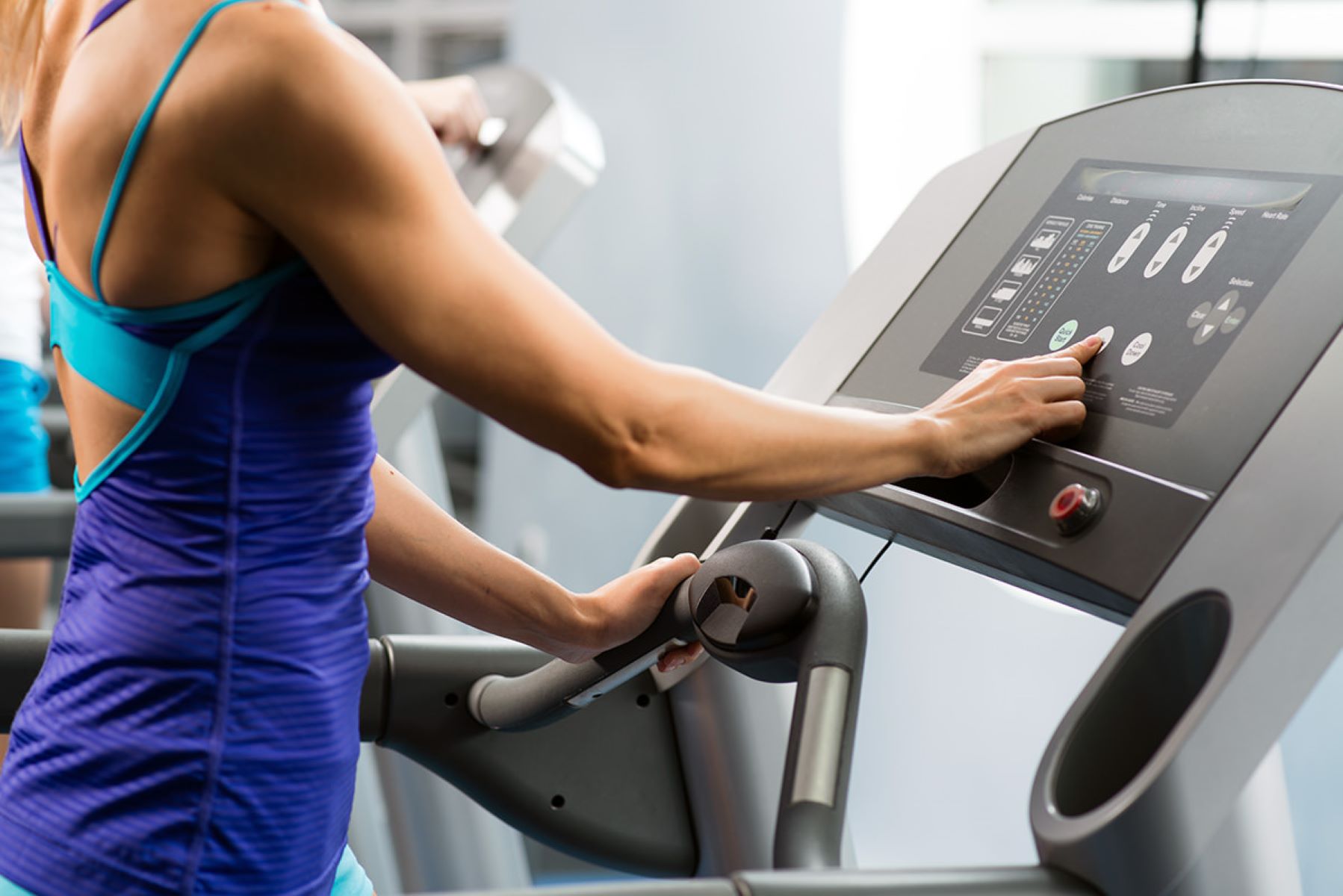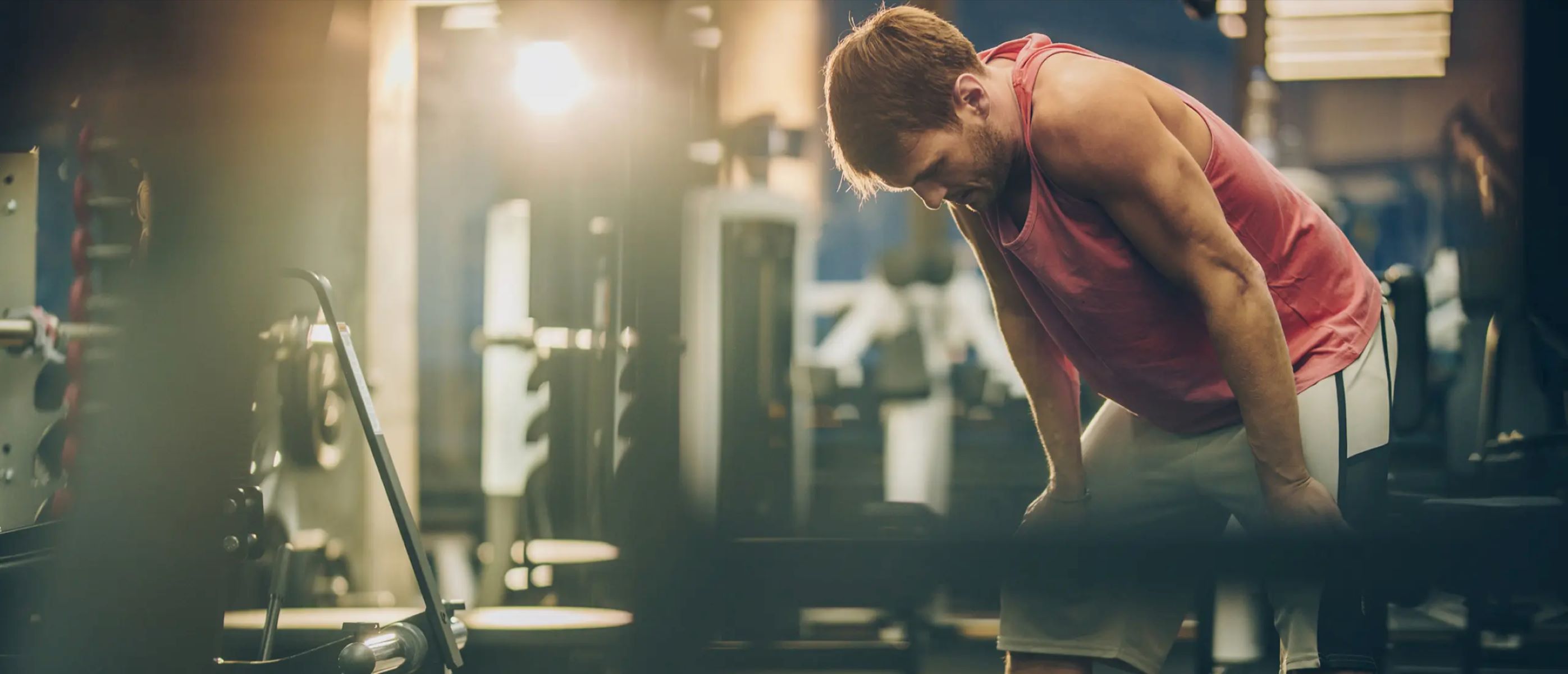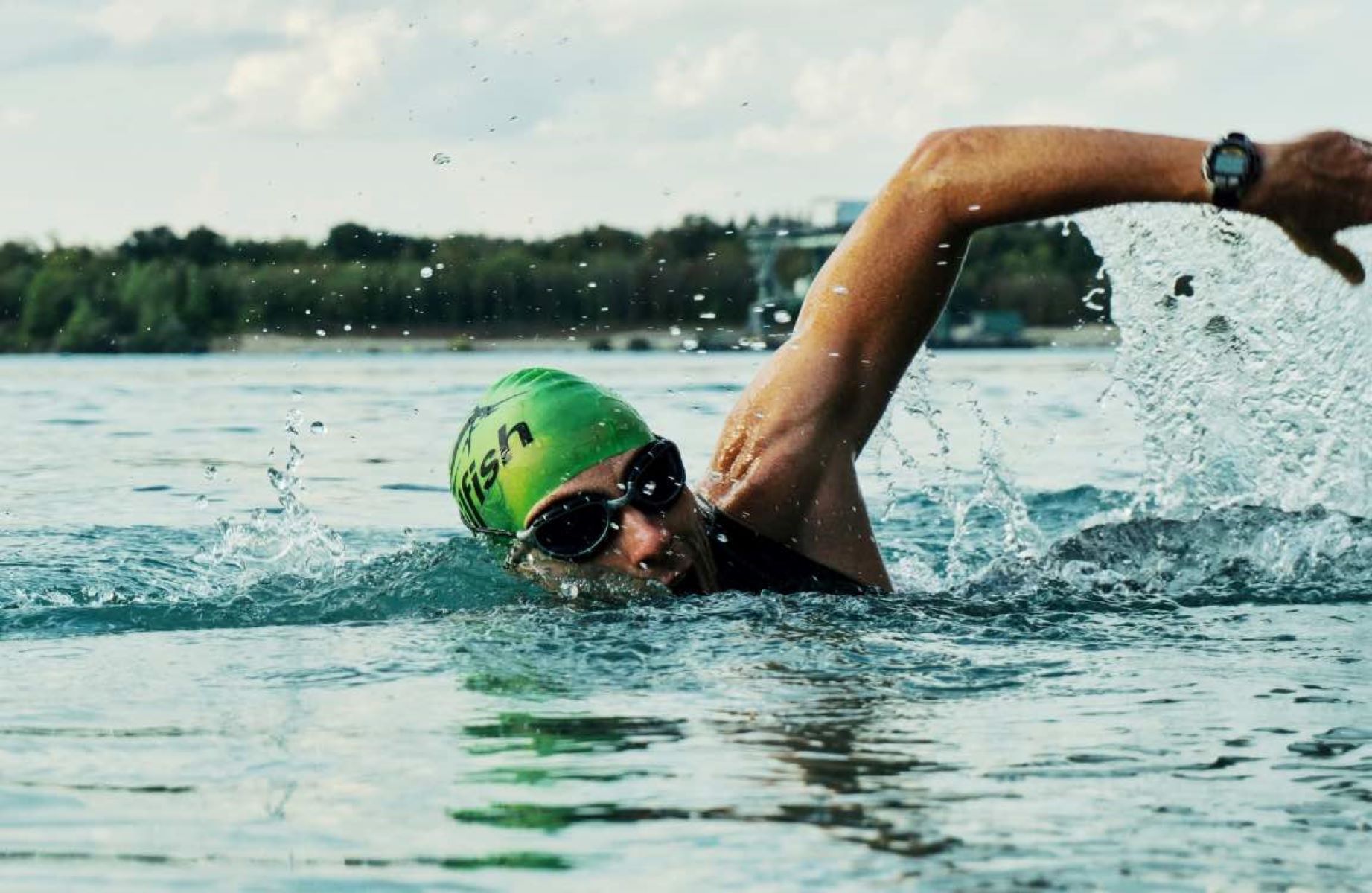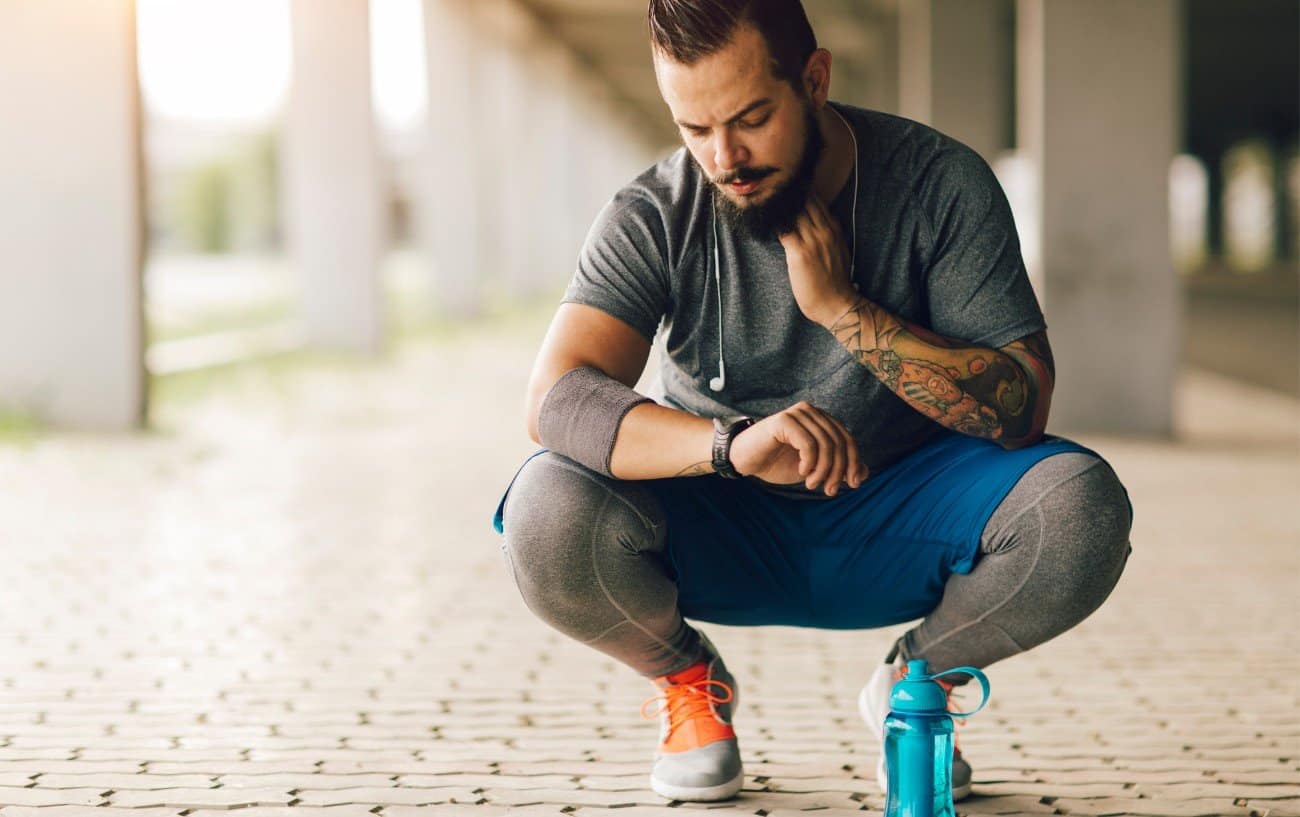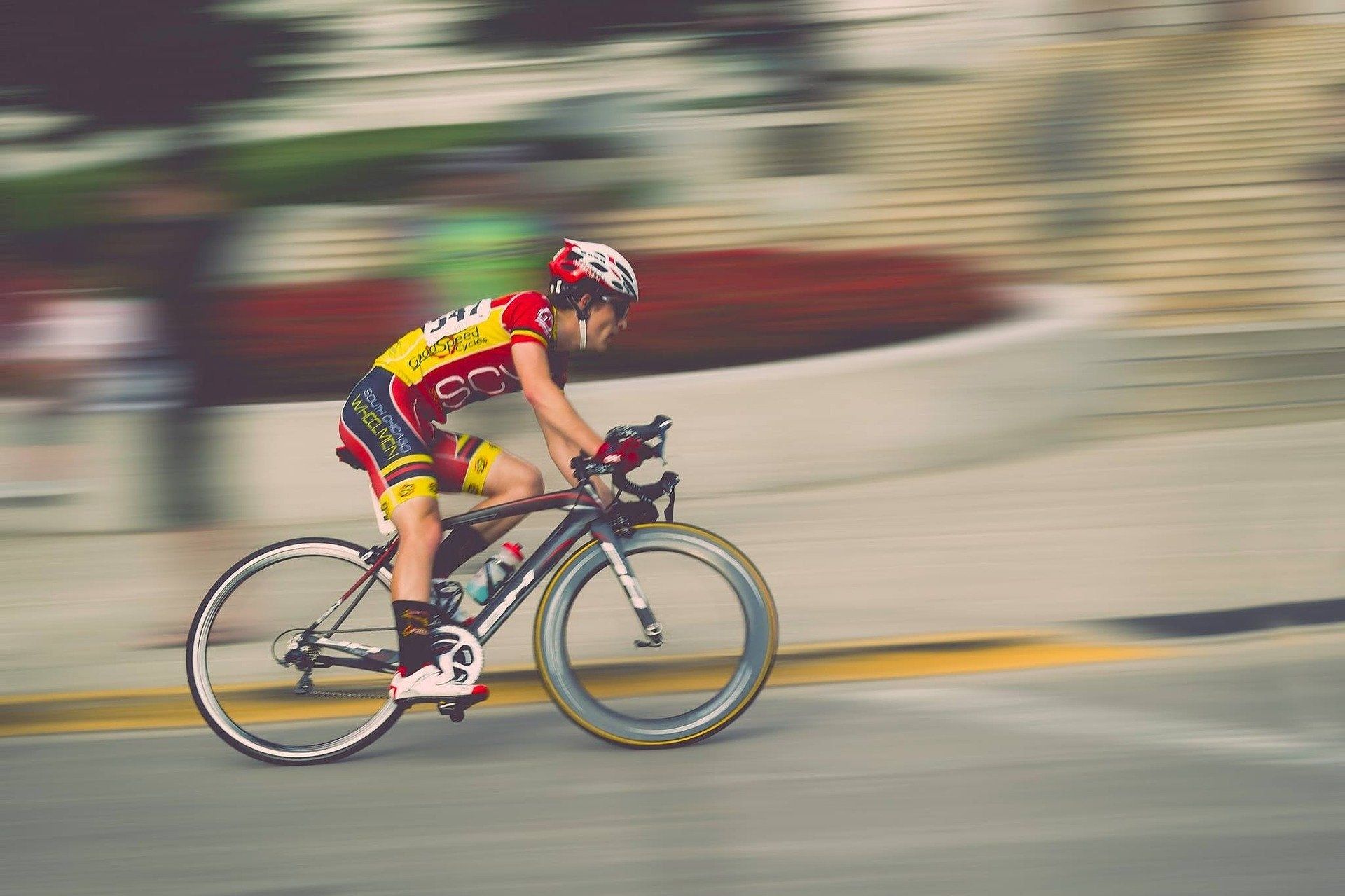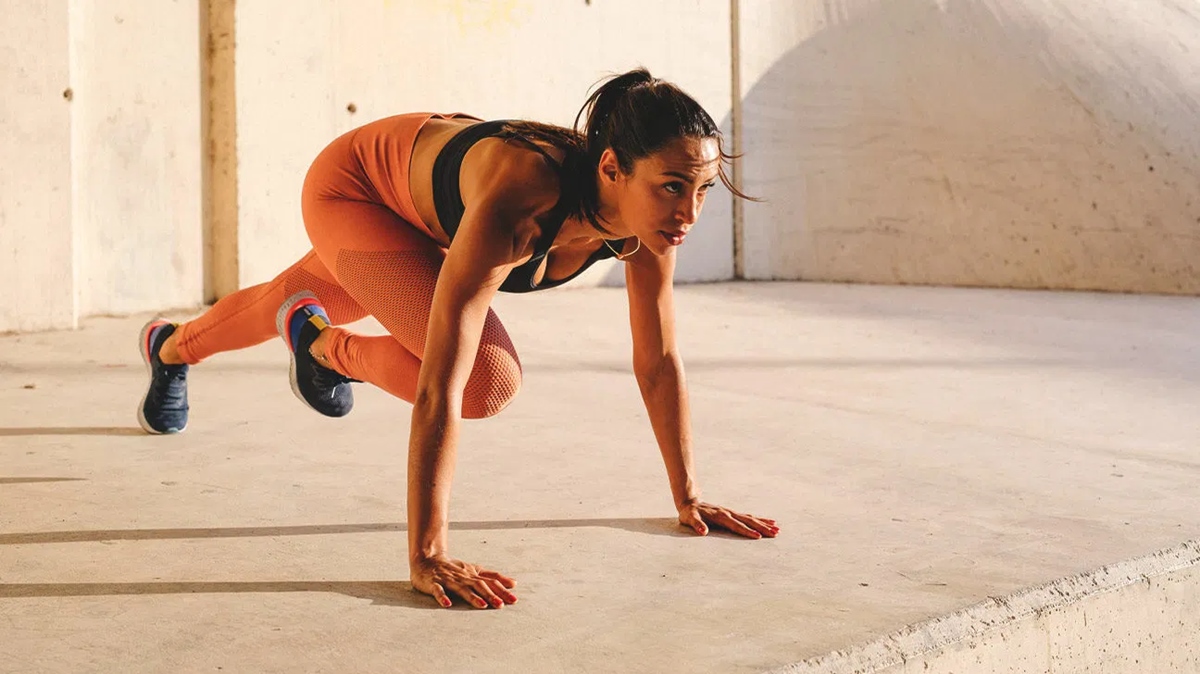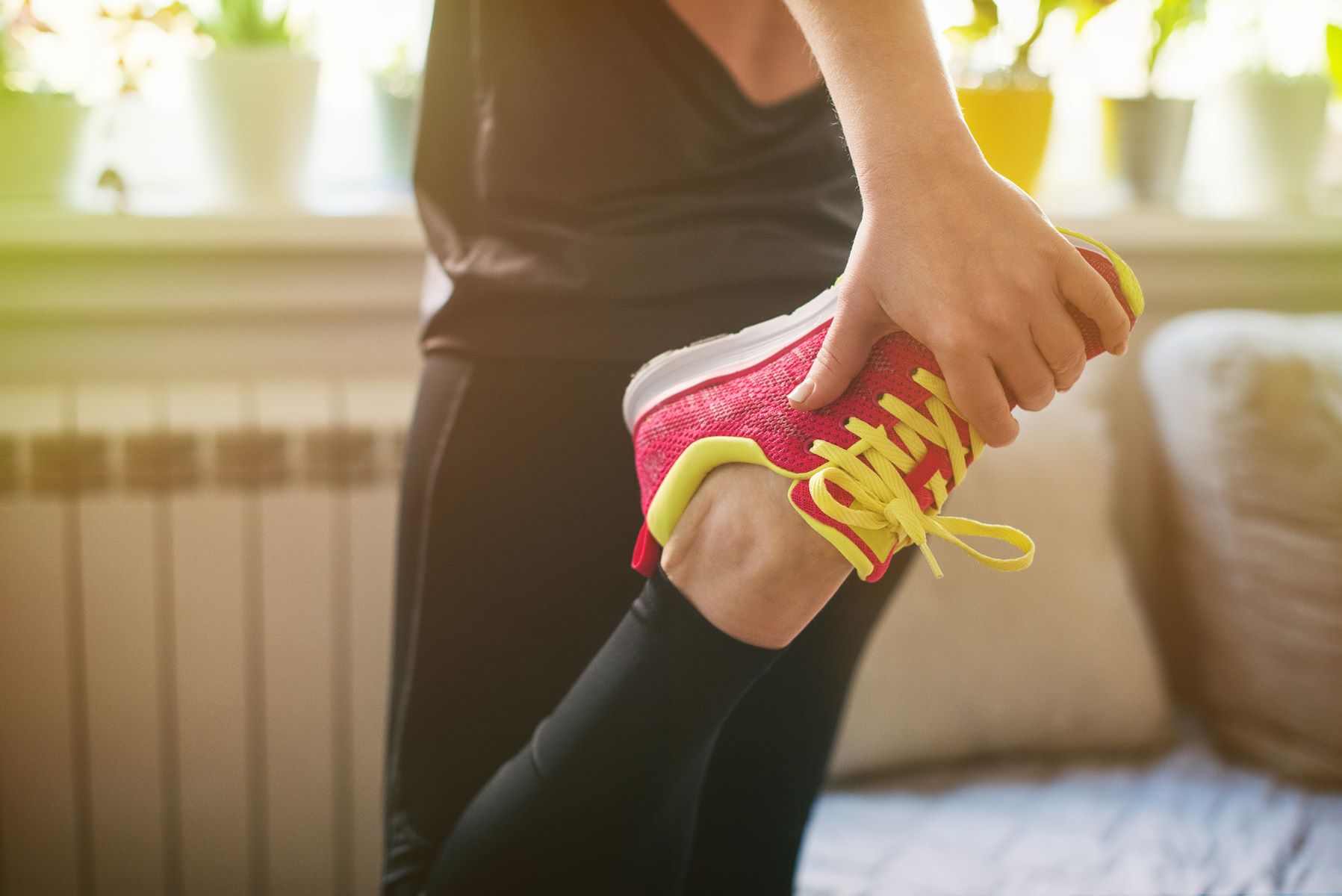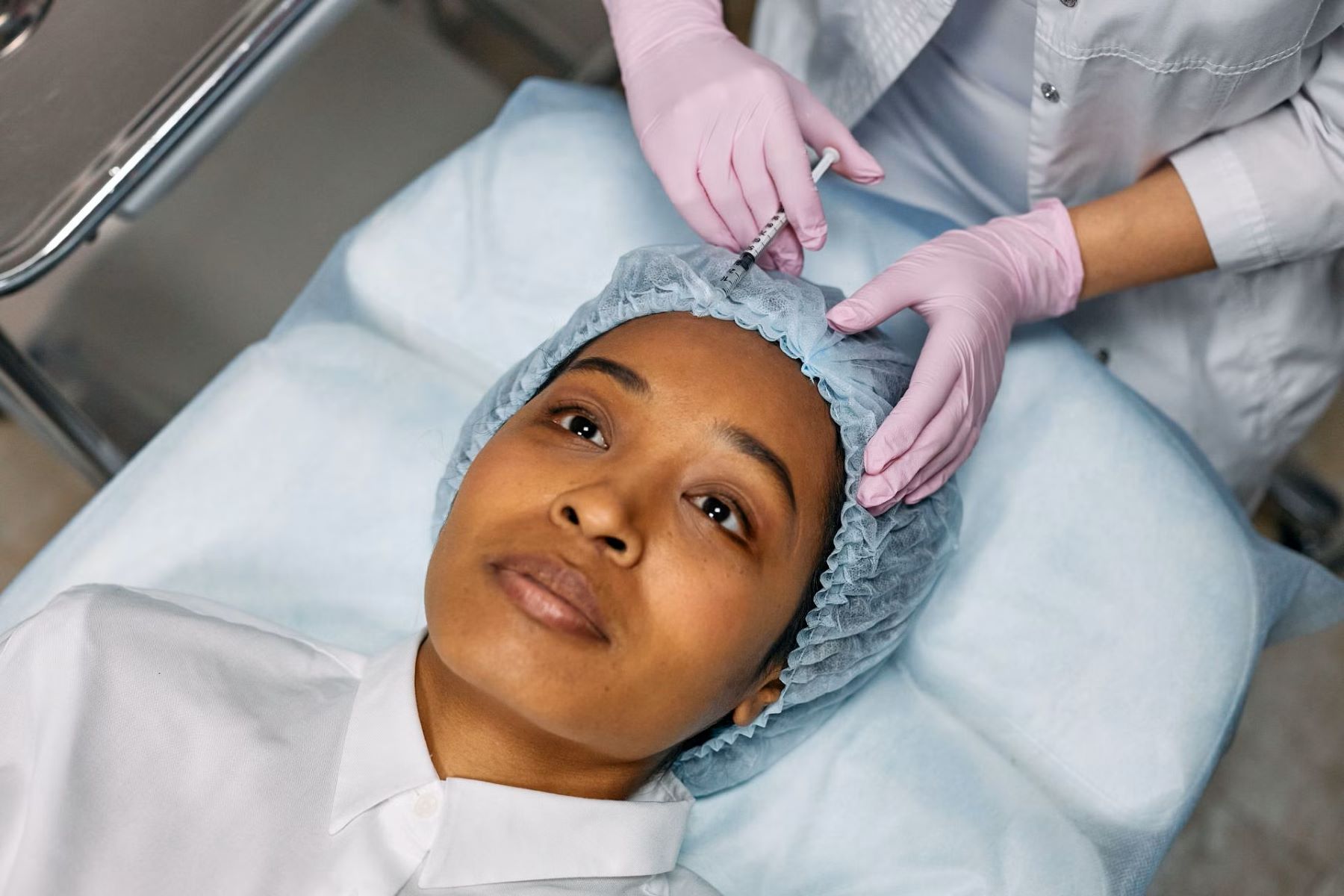

Featured
How Long To Workout After Botox
Modified: August 19, 2023
Discover how long to workout after Botox and get featured tips to ensure optimal results. Plan your exercise routine accordingly to maintain your youthful appearance.
Introduction
Welcome to the exciting world of Botox! If you’ve recently undergone a Botox treatment or are considering it, you may be wondering about the impact it will have on your exercise routine. After all, staying fit and active is an important part of many people’s lives. In this article, we will explore the topic of how long you should wait to work out after receiving Botox injections.
Before we delve into this topic, let’s briefly discuss what Botox is and how it works. Botox is a neurotoxin produced by the bacterium called Clostridium botulinum. It is commonly used for cosmetic purposes to reduce the appearance of fine lines and wrinkles. It works by temporarily blocking nerve signals in the muscles, causing them to relax and soften.
Now that we have a basic understanding of Botox, let’s explore the effects it can have on the body. After receiving Botox injections, it takes some time for the neurotoxin to take effect. Typically, you will start to notice the smoothing effects within a few days, with the full results manifesting in about two weeks.
When it comes to working out after receiving Botox, you might be wondering if it’s safe to hit the gym right away. The answer to that question depends on a few factors, which we will discuss in more detail later in this article. However, it’s generally recommended to wait at least 24 hours before engaging in any strenuous physical activity.
It’s important to note that everyone’s body is different, and the effects of Botox can vary from person to person. Additionally, the specific recommendations of your healthcare professional should always take precedence over general guidelines. In the next sections, we will explore the factors to consider before working out after Botox and provide some recommendations for a smooth transition back into your exercise routine.
What is Botox?
Botox, short for Botulinum Toxin, is a popular cosmetic procedure that has gained immense popularity in recent years. It is a neurotoxic protein produced by the bacterium called Clostridium botulinum. While the word “toxin” might sound alarming, when used in controlled and diluted amounts, Botox can provide remarkable benefits.
When injected, Botox works by blocking the nerve signals in the muscles, thereby causing them to relax and soften. This relaxation of the muscles results in a temporary reduction in the appearance of wrinkles and fine lines. Botox is commonly used to treat frown lines, crow’s feet, forehead creases, and other signs of aging.
It’s important to note that Botox is not a permanent solution. The effects typically last for three to four months, after which the muscle activity gradually returns and wrinkles may reappear. However, with regular treatments, the longevity of the effects may be extended.
Beyond its cosmetic benefits, Botox also has several medical applications. It can be used to treat various conditions such as chronic migraines, excessive sweating (hyperhidrosis), overactive bladder, crossed eyes (strabismus), and even certain muscle disorders.
It is important to mention that Botox should always be administered by a qualified healthcare professional in a controlled environment. They will carefully assess your needs, explain the procedure, and determine the appropriate dosage for your specific case.
While Botox has gained popularity for its ability to provide a more youthful appearance, it’s essential to have realistic expectations and understand that it is not a magical solution. It is merely a tool that can help reduce the appearance of wrinkles and fine lines, enhancing your natural features and boosting your confidence.
Now that we have a better understanding of what Botox is and how it works, let’s explore the impact it can have on your exercise routine and when you can safely resume working out after receiving Botox injections.
Effects of Botox on the Body
Botox is primarily known for its cosmetic benefits in reducing wrinkles and fine lines. However, its effects on the body extend beyond just aesthetic improvements. Understanding how Botox affects the body can provide valuable insight into the considerations for working out after receiving Botox injections.
When Botox is injected into specific muscles, it blocks the nerve signals responsible for muscle contractions. As a result, the treated muscles relax and become less active. This relaxation not only reduces the appearance of wrinkles but can also have other effects on the body.
One common side effect of Botox is muscle weakness or temporary paralysis in the injected area. This can impact your ability to perform certain exercises or engage in strenuous physical activities that require the full use of those muscles. It is essential to be aware of this potential weakness and adjust your workout routine accordingly.
Beyond muscle weakness, Botox can also affect other bodily functions. For example, when Botox is used for treating hyperhidrosis (excessive sweating), it reduces sweat production in targeted areas. This can be beneficial for those who struggle with excessive sweating during workouts, as it can help to regulate body temperature and improve comfort during exercise.
Another effect of Botox injections is the potential for a slight swelling or bruising at the injection site. This is a common occurrence and typically subsides within a few days. However, it is important to note that engaging in rigorous physical activity immediately after receiving Botox injections may exacerbate the swelling or bruising. It is advisable to give your body time to heal before resuming intense workouts.
It’s worth mentioning that the effects and side effects of Botox can vary from person to person. Factors such as individual skin sensitivity, metabolism, and the specific area being treated can impact how the body responds to Botox injections. Consulting with your healthcare professional before resuming your workout routine is crucial to ensure a safe and optimal experience.
Now that we have explored the effects of Botox on the body, let’s dive into when it is safe to resume working out after receiving Botox injections and the factors that need to be considered.
When Can You Resume Working Out After Botox?
After receiving Botox injections, it’s natural to wonder when you can resume your regular exercise routine. While the exact timeframe can vary depending on individual factors and the specific area treated, there are general guidelines that can help you determine when it is safe to get back to your workout routine.
Typically, it is recommended to wait at least 24 hours before engaging in any strenuous physical activity after receiving Botox. This allows the injected muscles to fully settle and reduces the risk of potential side effects or complications.
In some cases, healthcare professionals may advise waiting 48 to 72 hours before returning to intense exercise. This extended timeframe ensures that any swelling or bruising at the injection site has subsided, reducing the risk of aggravating these symptoms through physical exertion.
It’s important to remember that each person’s body reacts differently to Botox. Therefore, it is crucial to follow the specific recommendations provided by your healthcare professional. They will assess your individual situation and provide guidance tailored to your needs and desired outcomes.
Additionally, the type of exercise you plan to engage in should be taken into account. While light activities such as walking or gentle stretching may be acceptable within the first 24 hours, high-impact workouts or activities that involve intense muscle contractions should be avoided for a few days following Botox injections.
If you’re unsure about when it is safe to resume specific types of exercise or have any concerns regarding your post-Botox workout routine, don’t hesitate to consult with your healthcare professional. They will be able to provide you with personalized advice based on your specific circumstances.
Now that we have discussed when you can resume working out after Botox, let’s explore the factors that need to be considered before getting back into your exercise routine.
Factors to Consider Before Working Out After Botox
While the general guideline of waiting at least 24 hours before resuming physical activity after Botox injections is a good starting point, there are several factors to consider before jumping back into your workout routine. These factors can help ensure a safe and comfortable experience post-Botox.
1. Individual Healing Time: Each person’s body is unique, and the healing process can vary. Factors such as metabolism, overall health, and specific areas treated can impact how quickly the effects of Botox settle. It’s important to give your body the time it needs to fully heal and recover before engaging in vigorous exercise.
2. Swelling and Bruising: Swelling and bruising at the injection site are common side effects of Botox. While they typically subside within a few days, engaging in rigorous physical activity can increase blood flow and potentially exacerbate these symptoms. It is advisable to wait until any visible swelling or bruising has significantly diminished before resuming intense workouts.
3. Muscle Weakness: Botox can temporarily weaken the treated muscles. This weakness may affect your ability to perform certain exercises or may increase the risk of injury during intense workouts. It is important to be aware of this potential weakness and adjust your workout routine accordingly. Consider focusing on low-impact activities or lighter weights until the effects of Botox have fully subsided.
4. Medical Advice: Always consult with your healthcare professional before resuming your workout routine after Botox injections. They will have a comprehensive understanding of your individual case and can provide personalized guidance based on your specific needs and desired outcomes. They may recommend additional precautions or modifications to your exercise routine to ensure optimal results.
5. Hydration and Recovery: Staying hydrated and allowing your body time to recover is important after any cosmetic procedure, including Botox. Make sure to drink plenty of water before, during, and after your workout to promote optimal hydration. Additionally, listen to your body and give yourself ample rest and recovery time to avoid overexertion.
By considering these factors, you can make an informed decision about when and how to resume your workout routine after Botox injections. Remember, it’s always better to err on the side of caution and prioritize your safety and well-being.
Next, we will discuss some recommendations for a post-Botox workout routine to ensure a smooth transition back into your exercise regimen.
Recommendations for Post-Botox Workout Routine
After taking the necessary time to heal and considering the factors mentioned earlier, you’re ready to get back into your workout routine following Botox injections. To ensure a smooth transition and maximize the benefits of your exercise while minimizing any potential risks, here are some recommendations to keep in mind:
1. Start Slowly: Ease back into your exercise routine gradually, especially if you had a longer period of downtime. Begin with light to moderate intensity workouts and shorter durations. This allows your body to readjust and helps prevent muscle strain or excessive fatigue.
2. Focus on Low-Impact Activities: Opt for low-impact exercises that are gentle on the muscles and joints. Activities such as walking, swimming, stationary biking, or practicing yoga are great options. These workouts provide cardiovascular benefits without placing excessive stress on the treated muscles.
3. Avoid Intense Muscle Contractions: Refrain from exercises that involve intense muscle contractions in the treated areas. This includes heavy weightlifting, high-intensity interval training (HIIT), or activities that require forceful facial expressions. Give the injected muscles ample time to regain their full strength before engaging in these types of activities.
4. Listen to Your Body: Pay attention to any discomfort, pain, or unusual sensations during your workouts. If you experience any pain or discomfort in the treated area, modify the exercise or consider taking a break until it subsides. Pushing through the pain can potentially worsen any side effects or complications.
5. Stay Hydrated: Hydration is key for overall health and well-being, and it becomes even more important when it comes to post-Botox workouts. Proper hydration helps facilitate recovery and replenishes lost fluids during exercise. Drink plenty of water before, during, and after your workouts to stay hydrated.
6. Follow Skincare Guidelines: Your healthcare professional may provide specific skincare guidelines following Botox injections. It’s important to follow these recommendations to protect your skin and optimize the results of the treatment. This may include avoiding excessive sweating or extreme temperature changes in the treated area.
Remember, always consult with your healthcare professional for personalized recommendations based on your specific needs and desired outcomes. They can provide you with guidance tailored to your unique situation and ensure a safe and successful post-Botox workout routine.
By following these recommendations, you can gradually reintegrate exercise into your routine while taking care of your body and maximizing the benefits of your Botox treatment.
Now that we have explored recommendations for a post-Botox workout routine, let’s wrap up our discussion.
Conclusion
Undergoing Botox injections can have a positive impact on both your appearance and self-confidence. When it comes to resuming your workout routine after Botox, it’s important to prioritize your safety and well-being. While there are general guidelines to follow, it is crucial to consult with your healthcare professional to receive personalized advice based on your specific circumstances.
Waiting at least 24 hours before engaging in strenuous physical activity is typically recommended after Botox injections. Factors such as individual healing time, swelling or bruising, muscle weakness, and medical advice should all be taken into consideration. And, of course, staying hydrated and allowing your body time to recover is crucial for optimal results.
When you do start exercising after Botox, it’s best to start slowly with low-impact activities and avoid intense muscle contractions in the treated areas. Listening to your body and paying attention to any discomfort or pain is important, as it may indicate that you need to modify your workout or take a break.
Remember, the effects of Botox are temporary, and regular treatments may be necessary to maintain the desired results. By following the recommendations provided by your healthcare professional, you can safely combine Botox and exercise to achieve the best results.
Now that you have a better understanding of when and how to resume working out after Botox injections, you can confidently make informed decisions about your exercise routine. Don’t hesitate to consult with your healthcare professional or cosmetic specialist if you have any questions or concerns along the way.
By balancing self-care, patience, and professional guidance, you can enjoy the benefits of both Botox and a healthy, active lifestyle. Here’s to looking and feeling your best!

